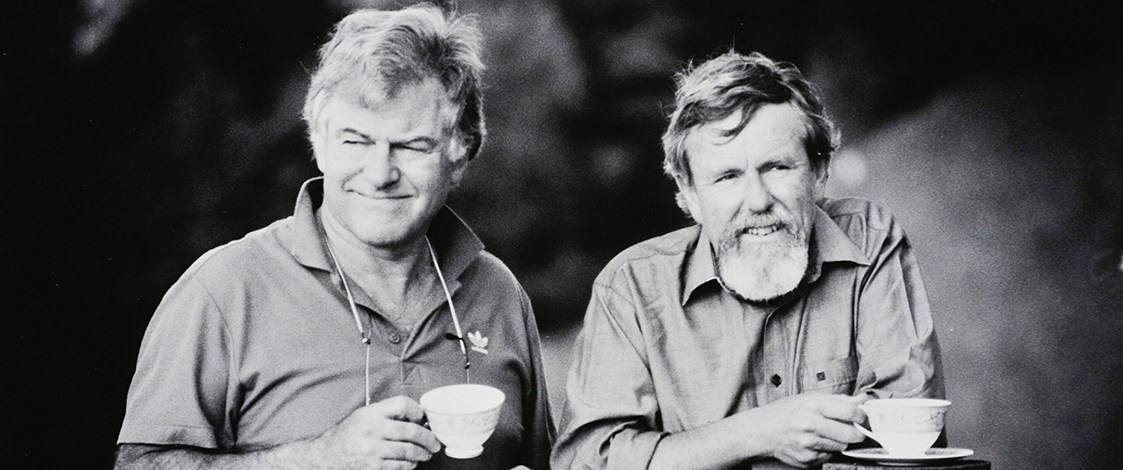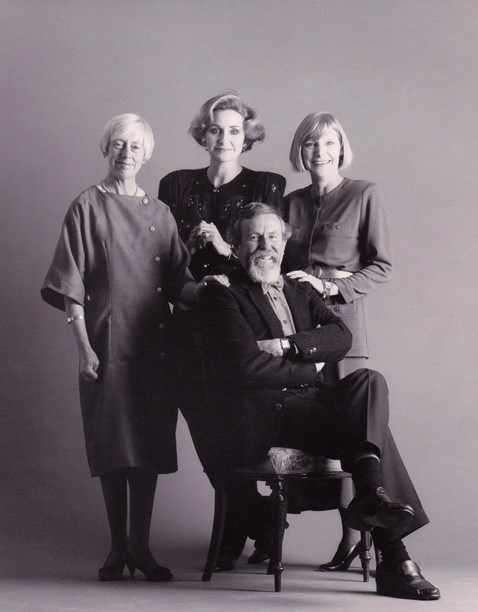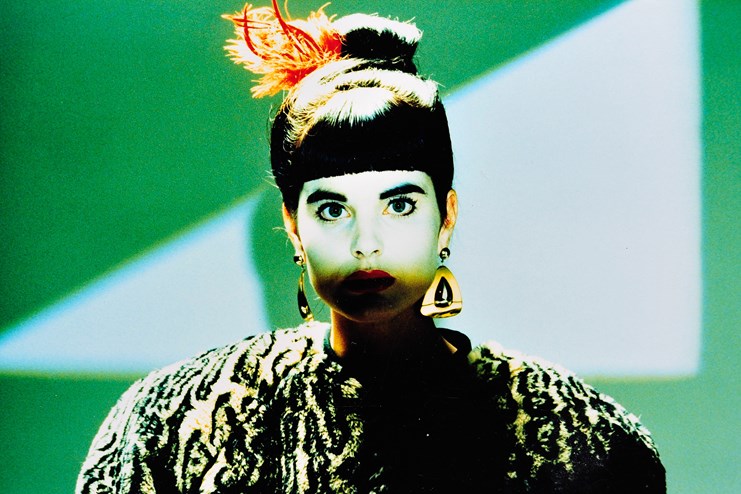Stories
Euan Sarginson
1936-2004

A photographic career spanning over 40 years, began for Euan Sarginson in 1953 as a means to escape working on a farm in Cheviot, North Canterbury. Leaving school at age 14 he got a job processing negatives at Perry’s, a photographic lab in Christchurch, before moving on to become the studio manager at Wallace and Co Portrait Studio, a photography business providing family portraits.
Vowing "never to shoot kids again", he left in 1963 to set up his own darkroom over a sandwich bar which he ran during the day, "in case I didn’t make it". Although he had no formal training, his talent combined with the processing skills he had acquired meant that he was soon too busy with photographic work to be making milkshakes or sandwiches.
Euan combined a love of cars and photography, providing content for The Shell Book of New Zealand Motor Racing throughout the 1960s. "I loved old cars at the time, but knew I’d rather keep my hands clean photographing them, than get my hands dirty under them."
Wedding and portrait photography was keeping him busy at this time and his first departure from the convention of the day was to shoot a wedding party coming out of the gasworks.
Euan's first studio was in High Street next to a small model school and his first fashion photography experiments were with students and friends. His good friend Barbara Prisk (later Lee) was launching her own fashion label and retail outlet, Granny’s Boutique. Another friend, Paula Ryan, modelled Barbara's designs. Together they presented their interpretation of the exciting and controversial new fashion trends that were exploding in London, such as shorter-than-short mini-skirts and extravagant hair-pieces, to what they saw as a rather sleepy and conservative Garden City.

Photo for Cantwell Creations from the late 1960s.
Barbara Lee met Euan in the late 1960s when he had just arrived back from a trip to Europe. "He was totally besotted with all things British it was the mad wonderful 'backing Britain' era. Mary Quant, leggy models and superstar photographers, miniskirts, colour - you had to be young, mad, fabulous and fun. Euan’s photos from this trip captured perfectly the energy of Swinging London. He arrived home fired with enthusiasm for life and photography."

Studio shoot for Barbara Lee, mid 1980s. Image © Alice Sarginson.
Euan was prolific as a fashion photographer throughout the next few decades. He captured on camera the creations of Christchurch’s young star milliner Ailie Miller who made hats with the quaint label, Dollie Vardin. He also shot extensively for Barbara Lee, as she went on to establish her successful new shop, Panache, and for numerous other designers such as Gaye Bartlett and Brigid Brock. Significantly he also photographed for Don Hope and Paula Ryan’s glossy new magazine Fashion New Zealand (later Fashion Quarterly). "He was a leader in black and white processing, with an eye well beyond the norm," recalls Paula.

A photo of Euan with (from left) Bev Gormley, Paula Ryan and Barbara Lee, circa 1987. Image © Alice Sarginson.
Euan never planned a fashion shoot, preferring to keep things flexible. By the 1980s, he was operating out of a studio that was originally a dance-hall built by his grandfather in 1910.
In 1982, Euan went to Europe to shoot a campaign for New Zealand brand, Skin Jeans. This would prove to be a career highlight, although it was initially a nerve-wracking experience. "I boarded the flight to London with a little Nikon, a zoom lens, and a Qantas Airline bag stuffed with film. That was it. No lighting, no tripod, nothing. I didn’t even look like a photographer. The trip was costing a bomb and I was terrified I might stuff it up. I badgered a guy to open his darkroom and put through the first rolls of film". The shots were fantastic and Euan and Peter Dynes, owner of Skin Jeans, celebrated by popping a bottle of Verve Cliquot at their hotel.
Always keen to push the boundaries of lighting and processing techniques, Euan kept his creative options open, and became just as well known for his architecture photography, often contributing to Trends magazine and NZ House and Garden. He also found time over his career to publish several books including Vintage Motoring in New Zealand (1972), New Zealand Odyssey (1989) with Don Donovan, Architects At Home (1995) with Adrienne Rewi and Victoria Water (2002) with Hugh Hobden. The latter celebrated Euan’s other passion, restoring and sailing model yachts.
Amongst friends and work colleagues Euan was as appreciated for his sharp tongue and wit as much as his creative talents. He was described by those close to him as someone who never suffered fools gladly and considered being boring or stingy the worst of crimes. Although the first to give his opinion on any matter, whether requested or not, his friends also remember him as generous of spirit and first on hand if a friend was in need.
He was equally forthright on the subject of his own wardrobe. "Apart from a liking for jerseys," he said in an interview in Fashion Quarterly in 1987, "I don’t give a stuff. Some folks pass in their old clothes to the Sally Army or the like. When I’ve finished with mine they are taken out into a paddock and shot." The other members of his family, who were also interviewed for the article which was on personal style, hastened to add that they didn’t share his views.
While his commercial work spanned many genres, when shooting for himself, Euan’s love was always empty landscapes. "Lines and shapes move me. Moody and graphic. The emptier the better."

Studio shoot with cross processed film effect, circa 2000. Image © Alice Sarginson.
In 2004 Euan Sarginson lost a brief battle with cancer. He dealt with the previous year’s diagnosis with the typical dry humour he was known for. "Well that’s this body stuffed. And it wasn’t that flash to begin with."
Euan’s daughter Alice has followed in her father’s footsteps and is also a commercial photographer. Having returned from overseas, she runs her business, still known as Sarginson Photography, from Christchurch. "We are currently repairing Dad’s earthquake damaged photographic studio in the central city. It’s been a long labour of love for the whole family, but I’m really excited to have it near completion and to be continuing the next generation of the family business".
Text by Alice Sarginson.
Published May 2017.